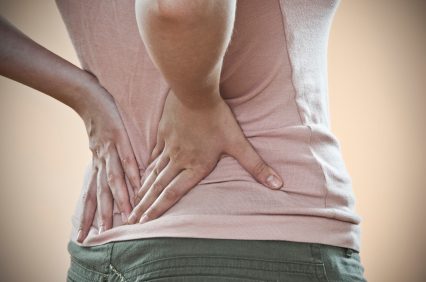
Promising new research finds exercise can prevent lower back pain
Exercise, alone or in combination with education, is effective for preventing lower back pain. That is the central finding in a new study published today in JAMA Internal Medicine. Researchers from The George Institute for Global Health in Sydney, Australia, conducted a systematic review of 23 published reports, which included 30,850 participants in 21 different randomized clinical trials.
“Low back pain is a significant global health burden, yet there is a lack of clear guidelines for prevention and interventions include everything from shoe insoles to education,” said Daniel Steffens, PhD, University of Sydney, Australia and George Institute Fellow. “Our study aimed to investigate the effectiveness of current interventions. We found that exercise alone, or in combination with education, is effective for preventing back pain. In contrast, we also found that education alone, back belts, shoe insoles and ergonomic interventions do not prevent back pain.”
In addition to impacting overall health, back pain also leads to economic implications for millions around the globe. Pain and risk of injury can force people to take leave from work, resulting in lost wages, making lower back pain an important public policy concern, as well as a health issue. Thus the literature review also included an investigation of the impact lower back pain had on sick leave. Here the results were less clear. Due to a lack of high quality evidence, it is uncertain whether education, training or ergonomic adjustments prevent sick leave associated with lower back pain.
“Back pain has a high recurrence rate, with roughly 50 percent of patients experiencing a recurrence within a year,” said Professor Chris Maher, Director of the Musculoskeletal Division at The George, and a professor at the Sydney Medical School. “That’s why these findings are so important: exercise can potentially halve the risk of getting lower back pain.”
More research is needed to determine if ongoing exercise is required to remain protective against future lower back pain.
In a separate, yet related, study, "Motor control exercise for chronic non-specific low-back pain,” published last week in the Cochrane Library, physiotherapist Bruno Saragiotto, also from The George Institute, found that motor control exercise is another strategy to reduce pain and disability caused by lower back pain. The Cochrane study included data from 29 randomized trials involving a total of 2,431 men and women, aged between 22 and 55 years old.
“Targeting the strength and coordination of muscles that support the spine through motor control exercise offers an alternative approach to treating lower back pain,” said Saragiotto, the study’s lead author. “We can be confident that motor control exercises are as effective as other types of exercise, so the choice of exercise should take into account factors such as patient or therapist preferences, cost and availability.”


